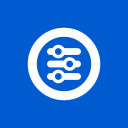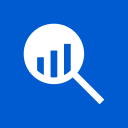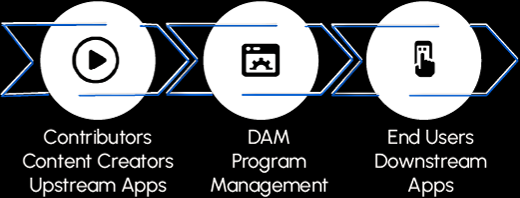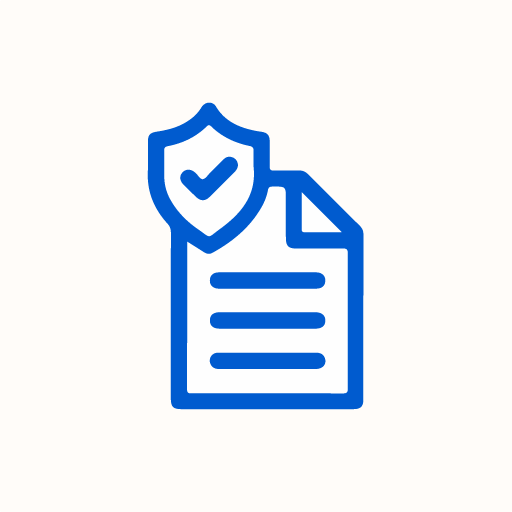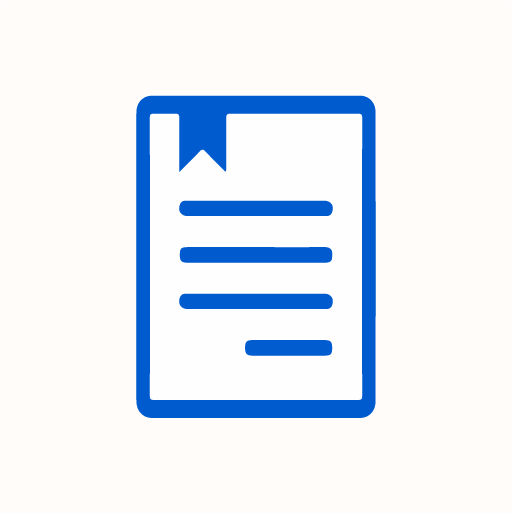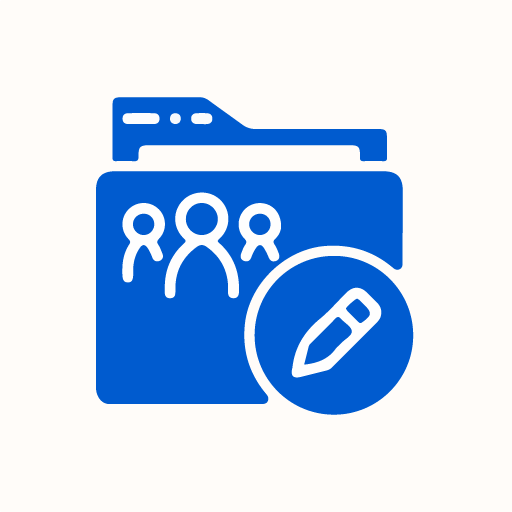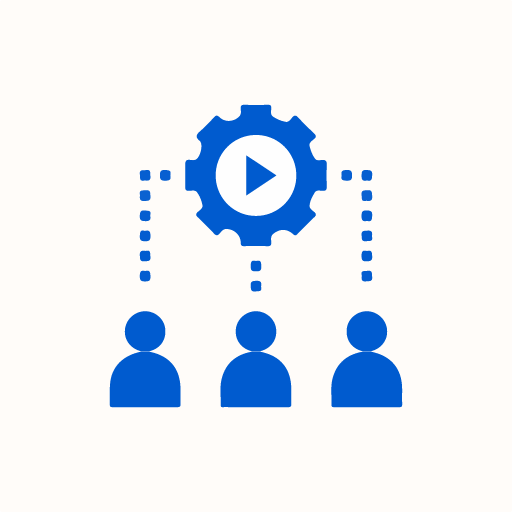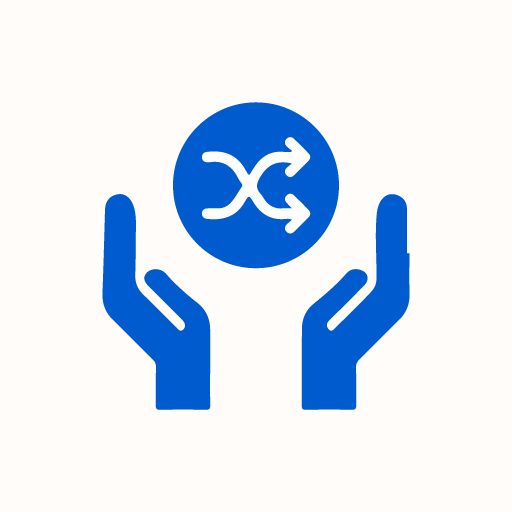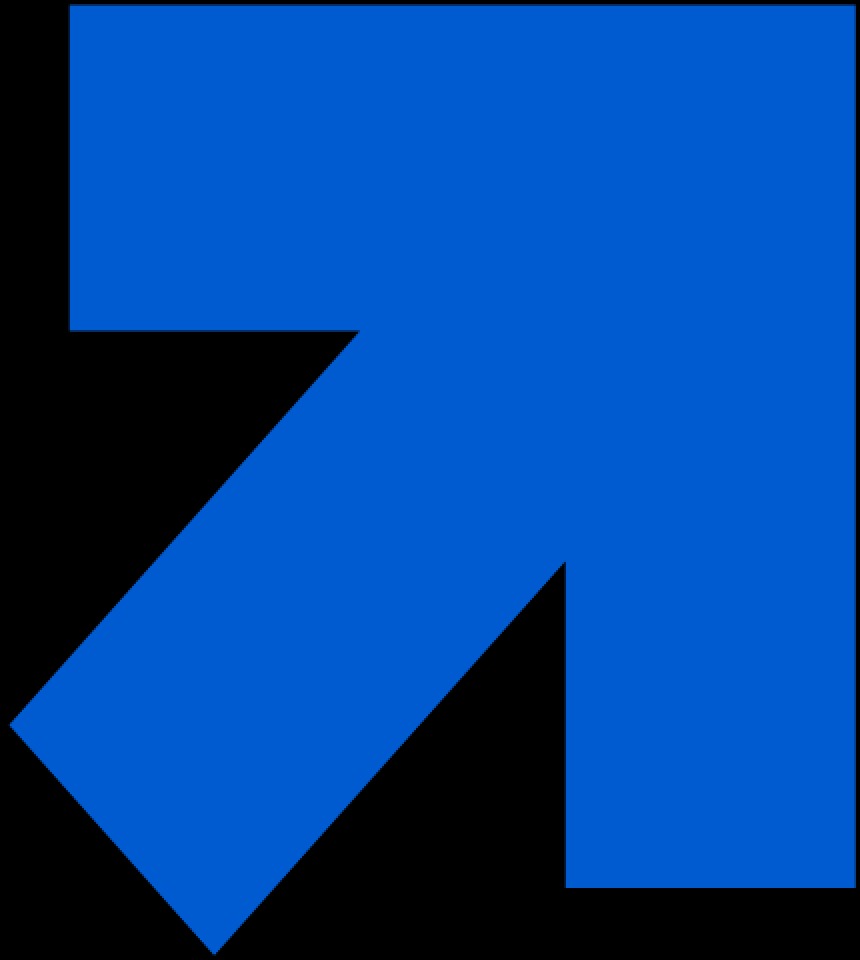Running a DAM System? Here’s an Operational Model for Success
Choosing digital asset management (DAM) software is the easiest part—onboarding users, integrating it into your existing tech stack, and weaving it into the ways of your company is when the real difficulties can begin. But those challenges are easier managed, and the value of the DAM system easier realized, if you employ an operational model as part of your DAM implementation.
We’ve developed this approach from years of experience, working with highly varied organizations, to correctly implement and scale DAM systems. Our operational model shared here is a supported, systematic approach that isn’t included with your digital asset management software.
A DAM operational model is a method and mindset for managing and mastering your DAM system that utilizes a blended approach of program, product, and service management.
Think of your operational model as the literal roadmap toward a complete DAM implementation, long-term ease of asset management, and delivery of value to your organization. To achieve lasting success—and what we will lay out in full detail in this piece—your DAM operational model should account for the following components:
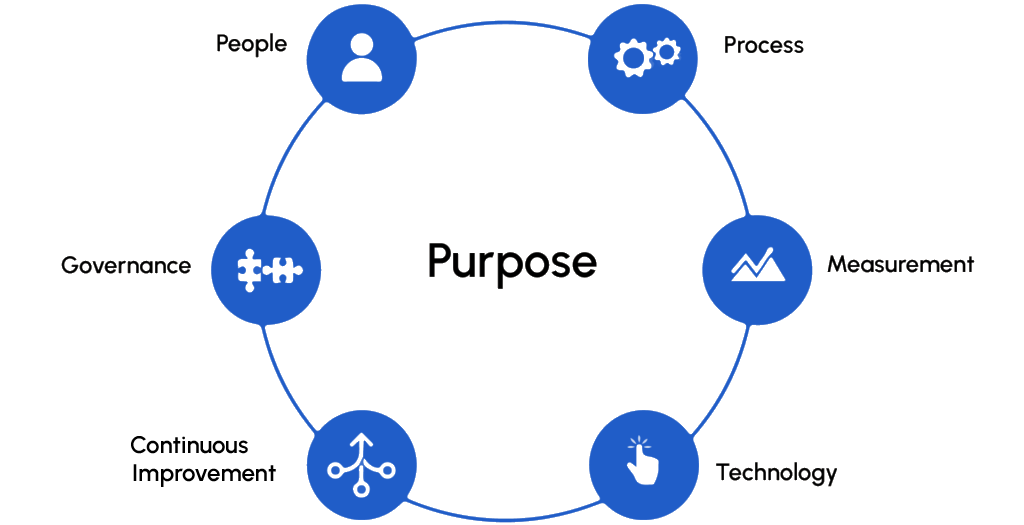
DAM implementation What does implementing these components look like in a business that has many of the same concerns and goals that you have? We’ll spell out exactly how to navigate these seven components of a DAM operational model and explain how they both build upon and interact with one another.

Table of Contents
- Purpose: Defining the value of your DAM system
- People: The power behind the DAM’s success
- Governance: Critical for integrity and quality
- Technology: The DAM software
- Process: Scale and integrate the DAM system
- Measurement: The key to continual DAM improvement
- Continuous Improvement: Delivering Value Over Time
- It’s Time for Some DAM Success
Purpose: Defining the value of your DAM system
Everything begins with a purpose, including enterprise technology initiatives like DAM implementation. So what’s the purpose of your DAM system?
Most likely, its primary purpose is to give you a better handle on your brand assets. But dig a bit deeper and think about the larger problem or opportunity your DAM serves, and the value that it can add to your organization. There are a few key results many managers look for when adopting a DAM system: saved time and money, reduced risks, and improved new value creation.
Here’s how your DAM system achieves those goals:
People: The power behind the DAM’s success
The purpose of your DAM system is likely tied to both the needs of your people and the pain points of their roles. The team members a DAM serves usually fall into the following user groups:
It’s important to consider and connect each of these user groups in the DAM operational model. If any group isn’t on board, the whole DAM implementation can lose effectiveness, suffer in quality, and ultimately prevent widespread adoption. Delivering value to these users should always be a top priority for DAM system decision-making.
Conducting exploratory work with each user group sets a strong foundation for implementation and ongoing operations. Integrating and aligning the people in your organization who manage and use the DAM system to the purpose is the second step in the operating system we recommend.
Governance: Critical for integrity and quality
Proper governance of your DAM system can enable long-term effectiveness and sustainability. How so? The Governance portion of your DAM operational model includes your policies and standards that ensure data quality, create an effective user experience, and mitigate risks. Essentially, it’s a systematic way to maintain the integrity of your DAM system.
There are five main components of DAM governance:
1. Policies
Policies help maintain system health. You should outline your system policies into at least a few categories:
- Collection policies: What assets are and aren’t in scope for the DAM? What formats and variations are accepted? What metadata is required upon submission?
- Curation policies: Are all assets given equal treatment in terms of processing and metadata? What metadata is required prior to making assets accessible to end users?
- Lifecycle management policy: How long are assets retained in the DAM system? What happens to the asset after it’s removed from the system?
2. Standards
Standards assist the system’s hygiene and data quality. It’s critical to have standards defined and in place as you implement and operate your DAM system, but it is equally as important to define how to handle changes and updates that are necessary over time.
Consider developing local standards and ongoing review processes for:
- Metadata: What fields are used and how should they be populated? Do different assets use different fields?
- Taxonomy: What terms are used to describe the assets? How do these terms enable navigation through the DAM through search and browse features? How does the taxonomy in the DAM align with enterprise taxonomy?
- Classification and Categorization: This is a subset of taxonomy, but a distinct question: How do you categorize and classify assets so that users can easily understand what is available in the system? How are assets grouped for easy access and proper selection for the use case they are needed for?
3. Permissions, Rights, and Security
- Permissions: Who has access to the system? How is access granted? What functionality does each user group have access to? What assets can each user access in the system? What can they do with them?
- Rights: What rights information is tracked in the system? What are the different levels of access rights for various user groups? What data fields are secured to maintain asset integrity? How do you establish rights to a licensed asset?
- Security: What enterprise security policies and systems govern access to your DAM system?
4. Roles and Responsibilities
The user groups we broke out earlier in the people section all should have very clear parameters. It’s critical that all continuous functions of the DAM system are monitored and supported by a specific role function. Therefore, you need highly detailed, example-based role descriptions that come with a set of standard processes, as well.
Consider the following:
- Who is/are the primary business owner(s) who has the authority to make strategic decisions, guide DAM administrators, and continually align the DAM system to business objectives?
- Who are the domain stewards responsible for tactical steering, decision-making, and planning to enable strategy for different functional, content, or business areas served by the DAM system?
- How are the responsibilities for the day-to-day operations of the DAM system defined? If multiple people, how are the roles divided?
- How are responsibilities for asset ingest, organization, tagging, and publication delineated between content contributors and DAM administrators?
You may opt to divide responsibilities across multiple teams or keep DAM system resources together. However you approach assigning them, make sure the responsibilities are clear.
5. Issue & Change Management
The final component of governance is establishing a protocol for issue tracking and resolution. This should involve the creation of mechanisms and tools your teams can use to identify and prioritize issues, as well as creating pathways that resolve the issue.
Protocols should also be in place for change management. A DAM system is constantly changing, growing, and scaling. How is that process managed? How are milestones planned, tracked, and executed? When users report problems and make requests, how is their feedback gathered, ranked, fixed, and reported on? How are new features validated? How frequently are new features released, and how are they communicated to users?
Technology: The DAM software
Let’s revisit the purpose we started with. From your purpose, you can envision what success should look like and what the users need in order to succeed. You also understand how the use of a DAM system aligns with or supports those goals.
What you don’t know is exactly how your DAM system should function to deliver on those goals. This is where the technology part of the DAM operational model comes in. Configure your DAM system such that it fulfills your purpose, the reason you took on a DAM in the first place.
How you use the technology entirely depends on your business objectives, users, use cases, and the value you want the system to deliver.
Configuring Your System
Once you have your base system, it’s time to configure it for impact. Again, your purpose and usage scenarios for the people who will be using the DAM should drive configuration. Here are seven steps to help you configure your system:
When you are starting a new implementation, consider which features are most important to your purpose and users, and roll those out incrementally. Start your configuration with the highest value and biggest impact features and functionality. Then, as you build on more advanced features such as workflow automation and AI enrichment, take a moment to go back to your purpose and people to ensure implementing these features will create value and impact.
Integrating Your System
Your DAM system shouldn’t be an island—it will be most successful when connected to other business systems that use and/or deliver your managed assets. But don’t overdo it; integrations can be hard to pull off and should be reserved for when they have the potential to create the most impact.
For every integration, consider:
Remember: whatever integrations you do apply, make sure they are aligned with the governance standards you established earlier.
DAM System | Tech Checklist
- analytics
- asset display & interaction
- asset management
- collaboration & personalization
- delivery
- export / exit strategy
- ingest
- integrations
- localization
- metadata / description
- asset organization
- preservation
- search & browse
- security
- taxonomy
- workflow
Process: Scale and integrate the DAM system
Along with governance, which sets boundaries and guidelines for your DAM system, you must also establish and document processes as part of your operational model. Processes can help establish trust and a sense of consistency when working with your DAM system.
Like everything else, developing your process goes back to purpose and people—usage scenarios will become workflows configured into the system. You can then create documentation that will help enable your users to fulfill them effectively.
When Should You Develop Processes?
We recommend developing a DAM process for all of the following areas to help your users correctly contribute to and utilize the system:
- Intake and ingest
- Work-in-progress content development
- Review and approval
- Asset organization
- Asset description/terminology/tagging
- Asset delivery and quality assurance
What Makes a Successful Process?
Successful processes should be:
- User-centered and easy to use
- Clear and simple
- Able to accommodate reasonable exceptions
- Well-known among your employees
- Easily accessible when needed
- Communicated in such a way that the user understands the downstream impact of their actions in the system.
Note: Many DAM systems already have workflow features that can help you automate processes. But you still have to make the key decisions to configure what the steps are, and who the players are at each stage.
Beyond processes that describe how to use the system, don’t forget processes that are about the system. For example: how are the latest updates communicated, by whom, and at what frequency? Don’t forget, your DAM system needs marketing too.
“With people in place, roles and responsibilities defined, and your DAM system configured, process becomes very important to adoption. quality and trust.”
Measurement: The key to continual DAM improvement
Those goals that are tethered to your purpose should be tracked and measured–that’s the only way you can truly know if your DAM system is delivering the expected impact. That’s why establishing key performance indicators (KPIs) and/or objectives and key results (OKRs) that are tied to ROl benchmarks as part of your DAM operational model can help you stay informed about your success.
How to Determine Baseline Measurements
Determining the ROl around certain metrics, like time savings, requires you to know the baseline of that metric. Using the cost savings example: how much time did users spend looking for an asset before your organization implemented the DAM system?
Survey your users before implementing your DAM system to understand your typical baseline measurements. Then, you can track improvements with that baseline in mind.
5 Measurements You Should Track
There are plenty of metrics you can track, but which ones should you track? This greatly depends on who you will be reporting to, and what they want to know. The metrics that interest an executive sponsor (increased business value) are likely different from those middle managers care about (increased efficiency and productivity amongst their teams). Establish KPIs according to the outcomes expected by each key stakeholder.
In addition to tracking ROl according to your KPls for stakeholders, DAM managers will want to ensure the system is performing well as it scales, the right people are using the DAM system, users are finding what they need, and time to delivery is increasing. Here are five metrics that we suggest keeping track of.
System capacity & health: Monitor the footprint of the infrastructure to understand what scale it can support. This may involve measuring:
- Storage used
- Number of assets
- Assets uploaded during set time periods
- Concurrent users
Content: To help you know how to organize and describe assets so they can be easily found and used, track:
- Most commonly used search terms
- Most commonly used browse terms
- Classification performance
Asset performance: Understanding what kind of content is performing well (which may guide future content creation). You may look at:
- Assets viewed
- Assets downloaded
- Assets shared/saved
- Asset usage purpose
- Where people have used an asset previously
Users: Which type of people are using your system (and how many)? You likely want to understand usage at both department and business unit levels. You might start by looking at:
- Number of users
- Logins per user
- Downloads per user
Requests: These show where people are getting stuck and/or need additional help. Tracking requests may reveal how you can help users self-serve more easily. Measure:
- Reference requests (difficulty finding assets)
- Support requests and tickets (bugs and other technical issues)
Ensure that the outcome of tracking and reporting isn’t just analytics theater or leading to analysis paralysis – your governance structure should provide mechanisms to derive insights from measurement, make decisions, and take action.
Qualitative Measurement
In addition to quantitative measurement, you should also routinely gather qualitative feedback from users. Conduct regular user testing sessions to test that the system is meeting users’ expectations. Implement mechanisms that deliver regular feedback that you can use to gather specific and actionable feedback.
Continuous Improvement: Delivering Value Over Time
Continuous improvement involves setting clear goals for the DAM system to enhance ROI, consistently tracking and measuring progress, and responding proactively to measurements. It’s also about adapting to change over time and being able to pivot when it’s necessary. If your DAM operation isn’t evolving to keep up with changes in organizational strategy, advancement of technologies, new types of assets, evolving user needs and expectations, and organizational policies and workflows, its health and value will decline over time.
How effectively can you align stakeholders and team members to ensure the DAM system consistently delivers value as defined by its purpose?
Are you conducting regular evaluations and updates to maintain and enhance the operation, meeting new challenges and seizing opportunities?
For continuous improvement:
It’s Time for Some DAM Success
If you read this operational guide fully, you are well on your way to improving your DAM system. Keep this in mind: reading and learning are always easier than execution. Bookmark this page, come back often through your journey, and keep returning to your purpose when you feel overwhelmed.
We recommend evaluating your DAM system’s operational health on a cyclical basis. The DAM will continually be asked to solve new problems, support new users and new types of assets. The DAM Operational Model framework that we’ve shared will help ensure you have a continuous process of DAM operational success.
We’ve helped a lot of big companies successfully integrate DAM systems. Often, we act as a guide along the road of uncertainty, helping to support a positive experience for your teams.




